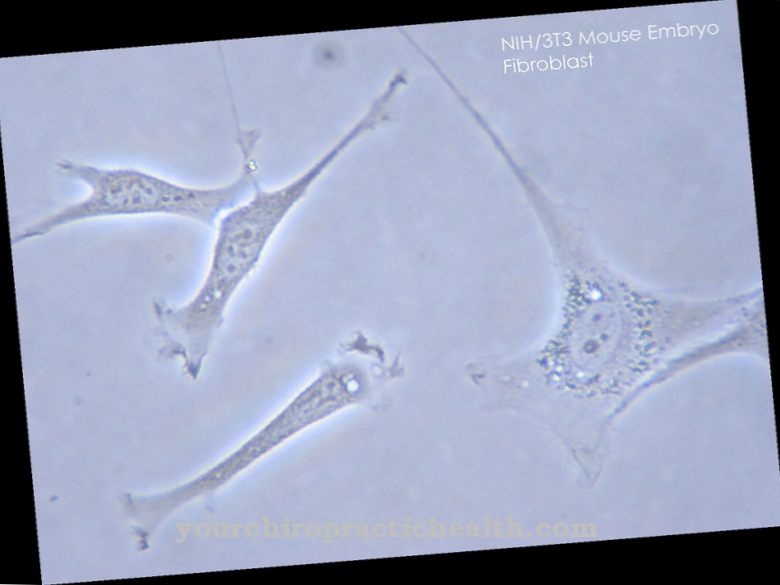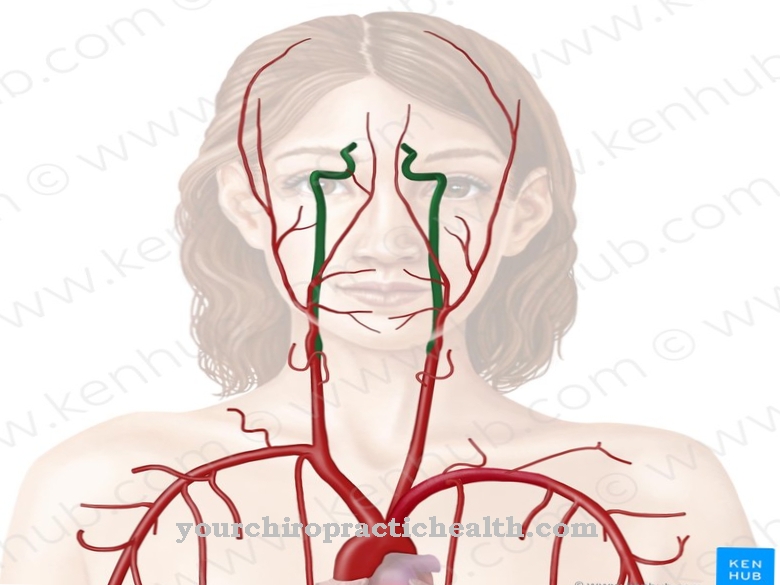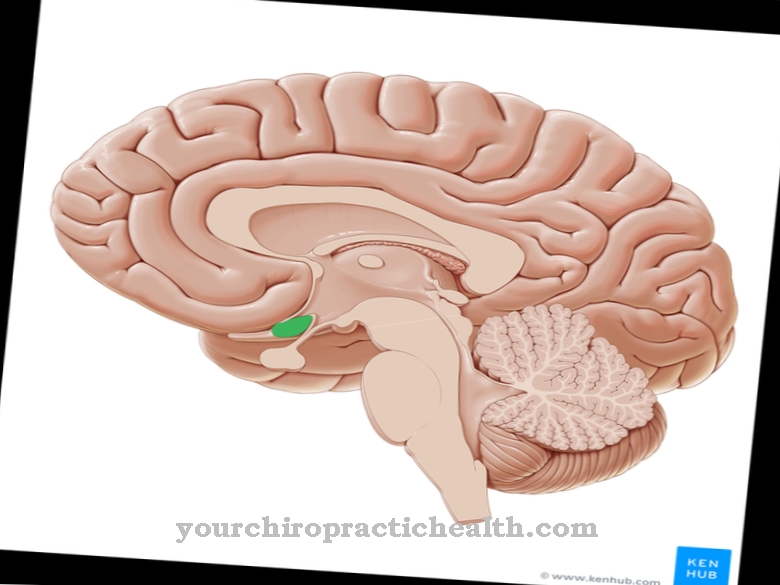Granulocytes are blood cells that belong to the group of leukocytes. With a share of around 50 to 70% of the total number of leukocytes, they are actually the most strongly represented fraction of this cell type.
What are granulocytes?
Basically, the granulocytes take on important tasks of the cellular immune defense. They are again divided into several subgroups. These result from the microscopic appearance of the individual cells and their respective coloring behavior and correlate with their specific functions. Specifically, there are polymorphonuclear neutrophilic granulocytes, which are differentiated into rod-shaped and segmented neutrophilic granulocytes, as well as eosinophilic and basophilic granulocytes.
All granulocytes are members of the innate immune response system. This means the unspecific fight against fungi, bacteria and parasites. In some cases, the granulocytes can even phagocytotically ingest pests and render them harmless by destroying them. In adults, they are formed in the bone marrow. This process is technically known as granulocytopoiesis and begins with a multipotent hematopoietic stem cell that undergoes various transformation steps and ultimately becomes the corresponding cell type.
Physiologically only then is the granulocyte in question released into the peripheral blood. If earlier stages of maturation can be detected in the blood, this can be an indication of a serious illness.
Anatomy & structure
The majority of the granulocytes make up the polymorphonuclear neutrophilic granulocytes with about 55 to 65%. They are about 15 µm in size and have a cytoplasm that appears colorless to pale purple under microscopy. They can hardly be stained with dyes. For this reason they also have the name "neutrophils" - they behave neutrally towards coloration.
Based on the cell nucleus, the neutrophils are further differentiated: if it is ribbon-shaped and has only minor incisions, then it is a rod-shaped neutrophil granulocyte. If, however, incisions are found that are more than two thirds of the width of the cell nucleus, then a segmented neutrophil is present. These usually have cell nuclei consisting of two to five segments.
Eosinophils are rare, accounting for 2 to 4% of the total number of granulocytes. In their morphology they are very similar to neutrophils, but their cytoplasm contains red-orange granules and their nucleus consists of only two segments. The basophils usually only have two core segments. Your cytoplasm contains numerous purple granules. They make up 0 to 1% of granulocytes.
Function & tasks
All types of granulocytes serve the immune defense. They fulfill specific functions depending on the subgroup.
The polymorphonuclear neutrophil granulocytes are responsible for phagocytosis and for the destruction of microbial pathogens. So that they are quickly available when needed, half of the neutrophils circulate in the blood, while the other half sit on the walls of small blood vessels. If they are activated, they migrate into tissue and exudates, where they do their job. In order to render pathogens harmless, their granules are very important: they contain peroxidases and esterases, which have a cytotoxic effect on bacteria and fungi. Eosinophil granulocytes act as immune regulators.
They are used, for example, when foreign proteins that act as allergens get into the body. Furthermore, they take on the defense against parasites as well as the breakdown of fibrin if fibrin formation has taken place in the course of inflammation. Like the neutrophils, the eosinophilic granulocytes mainly perform their tasks in tissue and in inflammatory exudates.
The basophilic granulocytes become active in the immediate allergic reaction. This is also known as type I allergy and includes, for example, allergic rhinoconjunctivitis in hay fever. If the basophils are stimulated to work, their granules empty. These are usually filled with mediators such as histamine, heparin, serotonin, prostaglandins and leukotrienes, which mediate the immunological defense processes.
Diseases
Changes in the number of granulocytes and their appearance can be congenital or acquired. Since the granulocytes are so important for the immune defense, such variations cause sometimes drastic problems.
A pathological proliferation of neutrophils is called neutrophilia.Their absolute number here is over 8000 per microliter. Neutrophilia is primarily triggered by three pathomechanisms. On the one hand, there may be increased mobilization of the neutrophilic granulocytes actually adhering to the vessel walls. Occasionally this happens as a result of great stress. On the other hand, it can be the case that, for example, more blood cells are released from the bone marrow as a reaction to acute infections. It is also possible that the granulocyte formation in the bone marrow itself is increased.
If the neutrophil count is below 1500 / µL, neutropenia is present. If it is even below 500 / µl, a particularly critical condition is present, which is known as agranulocytosis. If the neutrophil count is below 200 / µl, there is an acute danger to life, as there is then no efficient immune defense. This can be caused by bone marrow failure, allergies or autoimmune diseases.
Increased numbers of eosinophils and basophils, i.e. eosinophils or basophils, are mostly caused by immune reactions. But they can also be based on a malignancy. Since eosinophils and basophils already physiologically make up a very small proportion of the granulocyte count, reductions are difficult to diagnose. For this reason, the neutrophil count is the decisive factor in assessing the granulocytes. Overall, the granulocytes perform central tasks of the immune defense, which is why deviations urgently require further clarification.
Typical & common blood disorders
- Acute lymphoblastic leukemia
- Acute myeloid leukemia
- Chronic lymphocytic leukemia
- Chronic myeloid leukemia
- Blood poisoning













.jpg)

.jpg)
.jpg)











.jpg)